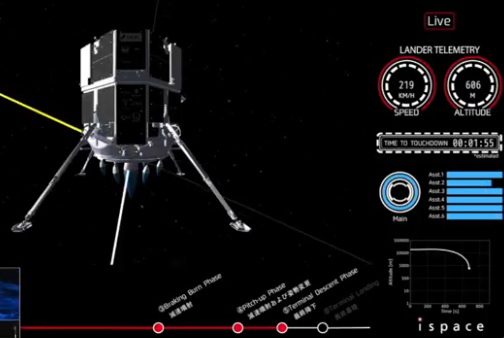The cause of the spin that led to the demise of the Japanese Astro H (Hitomi) space observatory, on 26 March 2016, has been described by JAXA. In fact there were two spins and two causes: an incorrect measurement of rotation and a subsequent firing by incorrectly set thrusters.
Shortly after a slew manoeuvre on 25 March 2016, the spacecraft, which was launched in February, fell into an initial spin due to a faulty reading. At 1822 GMT a faulty detection of a spin around the Z axis was made by the Inertial Reference Unit (IRU), reading it as being at circa 21.7 degrees per hour.
In such cases, the IRU data, which can be prone to error, is usually overridden by data from the star tracker but this was not available. Not realising that the roll was non-existent, the spacecraft’s control system thus sped up its reaction wheels to counter this non-existent roll, rotating the craft at roughly the same speed in the opposite direction. The reaction wheels soon approached their saturation limit, despite the best efforts of the spacecraft magnetic torquers to desaturate them.
At this point, to prevent any damage, the spacecraft fell into its Sun-seeking safe mode. However, thrusters that had been incorrectly set following an earlier problem in sun acquisition, after the optical bench had been deployed, then fired. As a result they were now too powerful and put the spacecraft into a rapid spin. This final spin resulted in the eventual destruction of the spacecraft as parts, thought to be mainly from the solar array, fell off, ending the life of the spacecraft observatory on 26 March 2016.





